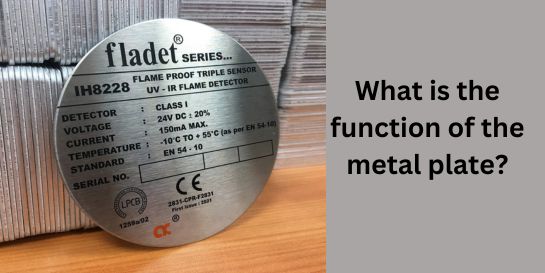Metal plates have a wide range of metals with different forms and sizes, predominantly made from alloys like steel, aluminium, or titanium. These plates are very often used in construction, manufacturing, and engineering due to their strength, durability, and versatility.
Metal plates are varied, such as stainless steel plates, aluminium plates, carbon steel plates, and titanium plates. Every kind of plastic has distinctive features, which make it suitable for particular uses.

Metal plates are used in almost every industry such as the construction industry, The manufacturing industry, automotive industry, aerospace industry, marine industry, and even renewable energy sources. Some common uses include
Construction: Struts, roofing, flooring, and cladding.
Manufacturing: Molding, drilling, screwing, and assembly.
Automotive: Sheet metal, frames, and motors.
Aerospace: Airframe components such as the wings, fuselage, and undercarriage mechanism.
Marine: Construction of vessels, offshore platforms, and marine tools.
Renewable Energy: Mounting of solar panels, placement of wind turbine components, and construction of hydro units.
Benefits of Metal Plates
The use of metal plates offers several benefits:
Strength and durability
Versatility and adaptability
Corrosion resistance
High load-bearing capacity
The ease of being fab has been exactly the same.
Due to their long service lives and low maintenance costs, digital technology has become the backbone of today's business operations.
Conclusion:
The plates made of metals, used for many applications from construction to transportation, represent the strength, durability, and versatility of this industrial material. Where their roles and places are important knowledge too is what is of essence before you can optimally benefit from them on construction, manufacturing, or engineering activities. Driven by their prowess and high accuracy, metal plates remain widely utilized in cutting-edge infrastructure and technology.